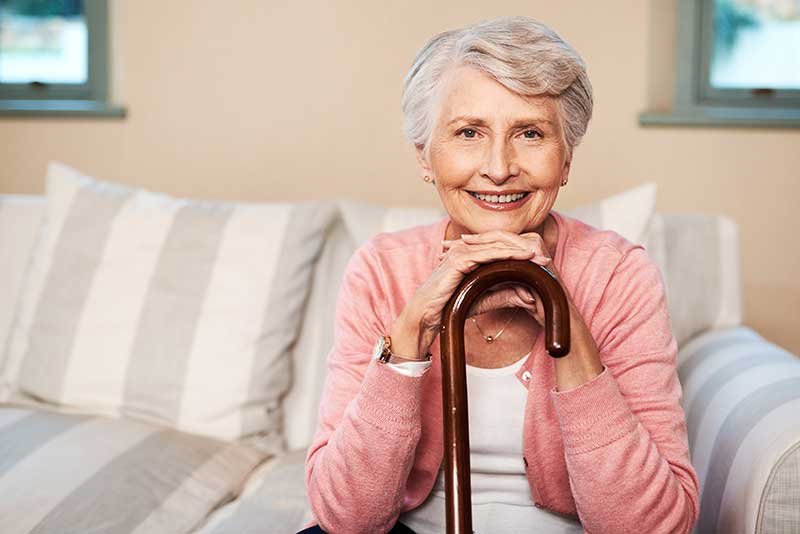Maintaining our independence becomes increasingly important as we become older. The safety and ease with which we may manage our living situations is an important factor in maintaining our continued independence and quality of life. For many seniors, this entails equipping their houses with mobility aids and making adjustments to avoid dangers such as falls, which are among the leading causes of injury in older persons. In this article, we will look at numerous approaches to improve home safety, focus on mobility, and help elders maintain independence.
Evaluate Home Safety Needs
The first step in improving home safety is to do a thorough examination of the living area. This includes identifying potential hazards and areas that could lead to falls or accidents. It is generally good to talk with an occupational therapist or a senior home adaption specialist, who can make specific recommendations based on the individual’s mobility and health problems.
Installing Mobility Aids
Grab bars and handrails
The installation of grab bars and handrails is one of the most simple but effective changes. These should be installed in high-traffic places like restrooms (near the toilet and shower) and stairwells. They offer stability and assistance to elderly as they move around their homes.
Ramps and Stairlifts
Installing ramps in homes with steps can make a significant difference. Ramps make wheelchairs and walkers more accessible. Stair lifts can be a useful feature for seniors whose bedrooms or important areas are on separate levels.
Changing the Bathroom
Wet and slippery surfaces in the bathroom are typical causes of falls. Nonslip mats in the shower or bathtub can significantly reduce slipping incidences. Consider building a walk-in bathtub or a zero-entry shower to reduce the need to cross high thresholds. Elevated toilet seats can also help people who have trouble lowering themselves to a lower surface.
Improving Floors
To improve mobility and decrease trip risks, remove all loose carpets and high-pile rugs. Replace them with slip-resistant flooring or well-secured mats. The idea is to create a smooth, flat surface that allows for simple walking and, if necessary, wheeling.
Lighting Upgrades
Proper illumination is essential for preventing falls. Make sure that all areas of your home are well-lit, especially pathways, staircases, and entryways. Consider installing motion-sensor lights that turn on when someone enters a room, lowering the danger of accidents in low-light settings.
Furniture Arrangement and Space Modification
Rearrange the furnishings to make clean passageways. For seniors with limited mobility, make sure the furniture is solid and at an acceptable height to allow them to get up and sit down independently. Open floor plans can be extremely advantageous in such situations.
Smart Home Technology
Leveraging technology can help to improve safety even further. Voice-controlled systems, for example, can allow elders control lights, lock doors, and ask for assistance without having to leave their house. Furthermore, medical alert systems can be configured to warn caretakers or emergency services if a fall is detected.
Providing a secure, accessible home environment is critical for seniors to maintain their independence and quality of life. By incorporating these safety and mobility aids, families can feel more confident knowing that their loved ones have the support they need to manage their everyday lives safely and pleasantly. With some judicious adjustments, the golden years can actually be a time of freedom and fulfillment.
